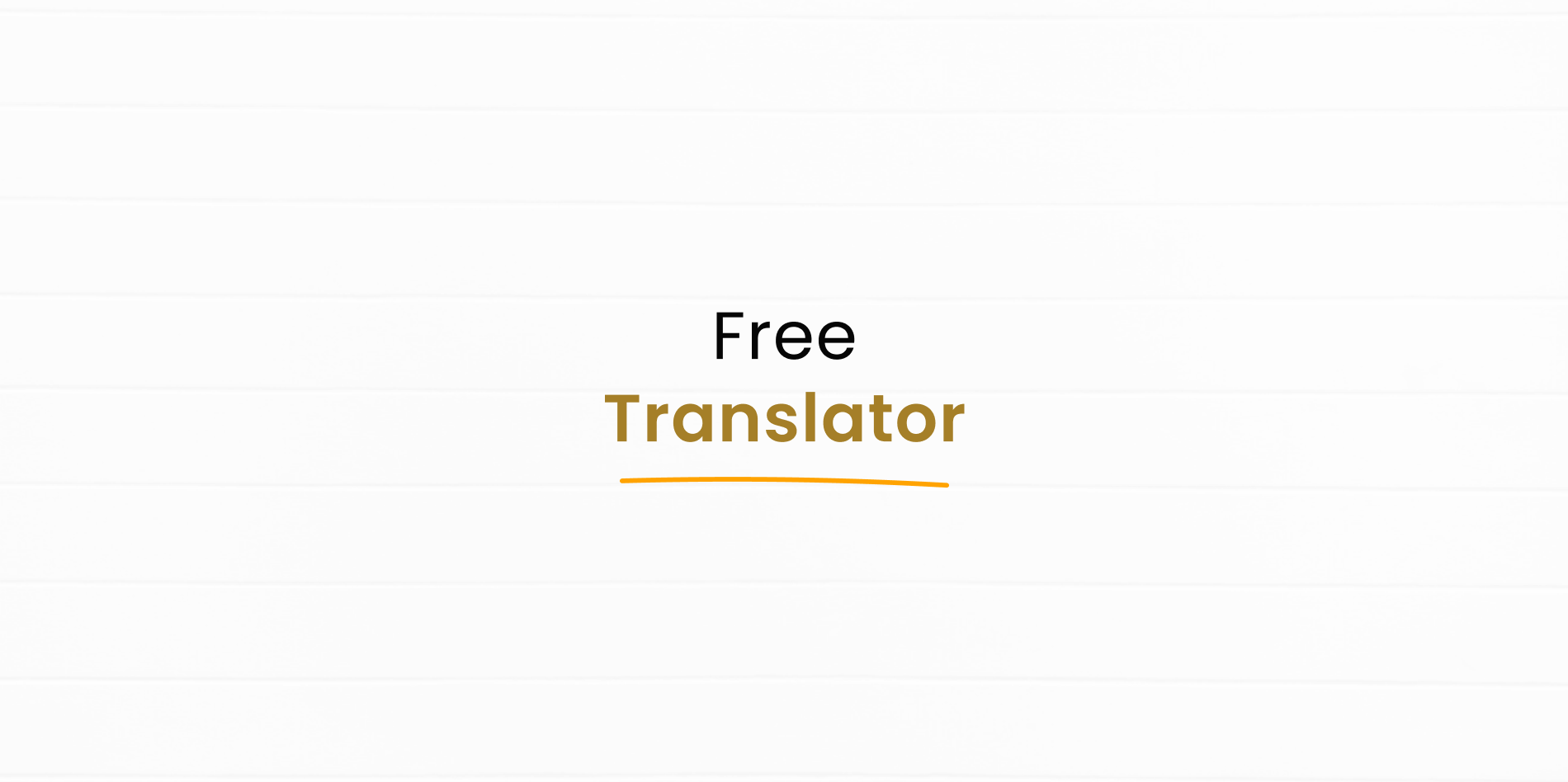People are traveling, studying abroad, doing business across the world, and communicating daily with those who don’t speak their native language. In all of this, one thing becomes clear “translation is necessary”.
A translator tool that supports multiple languages is no longer a “nice to have”, it’s something we almost need. Just like the saying goes: “When in Rome, do as the Romans do.”
You may know English, but what if you need to talk with someone from Japan, Spain, or maybe a client in Germany? You can’t possibly learn every language. That’s why translator tools are so helpful.
What is a Translator Tool?
A translator tool is an online service or software that converts your words into another language or speech. Most tools support dozens, even hundreds of languages.
The process is simple: you type or paste text, choose a language, and within seconds you get the translation. Some tools even support voice translation in real-time, speaking the words directly in your ear.
But the true power of these tools goes beyond speed, they act as a bridge for communication and help people connect in their everyday lives.
Why Do We Need Translators in the First Place?
It’s easy to think, “I know English, I don’t need this.” But that’s not how the world works.
- English is widely spoken, but not by everyone.
- According to Ethnologue, there are over 7,000 languages in the world.
- Mandarin Chinese has more native speakers than English.
- Spanish, Arabic, and many others dominate across continents.
So whether you’re a student, tourist, or business professional, chances are you’ll need a translator tool sooner or later.
Key Features of a Good Translator Tool
Not all translator tools are equally effective. The best ones usually offer:
- Support for multiple languages: Some cover 100+ languages (like Google Translate).
- Real-time translation: Essential for live conversations.
- Context-aware translation: Instead of word-for-word, they understand meaning.
Why Translators Are Useful for Students
Students studying abroad often rely heavily on translators. Imagine moving from India to Germany, or Brazil to France — you can’t learn an entire language in a week.
Translator tools help with:
- Signs and directions
- Food menus
- Classroom material
Even when dealing with technical or scientific terms, where translations may be imperfect, these tools save students huge amounts of time and reduce stress.
Professionals and Businesses Rely on Them Too
In the business world, one wrong word can ruin a deal. Companies use translators for:
- Contracts
- Marketing materials
- Presentations
- Packaging and manuals
For example, a U.S. company selling in Japan needs everything from branding to user guides translated. Translator tools generate instant drafts, giving professionals a head start before human translators refine them.
Travelers Love Translator Tools
Travelers are another group who benefit daily. When you’re in a new country and don’t know how to ask for food, directions, or emergency help, a translator app can be a literal life-saver.
The Challenges and Improvements
Translator tools are not perfect.
- Idioms and cultural phrases often don’t translate well. (“It’s raining cats and dogs” might be taken literally in another language.)
- Some cultural nuances get lost in translation.
But compared to ten years ago, machine translation has improved drastically. Today, many translations are good enough to use confidently.
Thoughts That Matter
Translator tools aren’t just about words, they’re about connecting people.
Whether you’re a student, professional, traveler, or just curious about other cultures, having multiple languages at your fingertips is like holding a passport to the world.
You don’t need to master every language. You just need the right tool. And with AI making translators smarter, faster, and more natural every year, they’re becoming an essential part of modern life.
They may not be perfect, but they’re close enough and sometimes, that’s all that matters.



